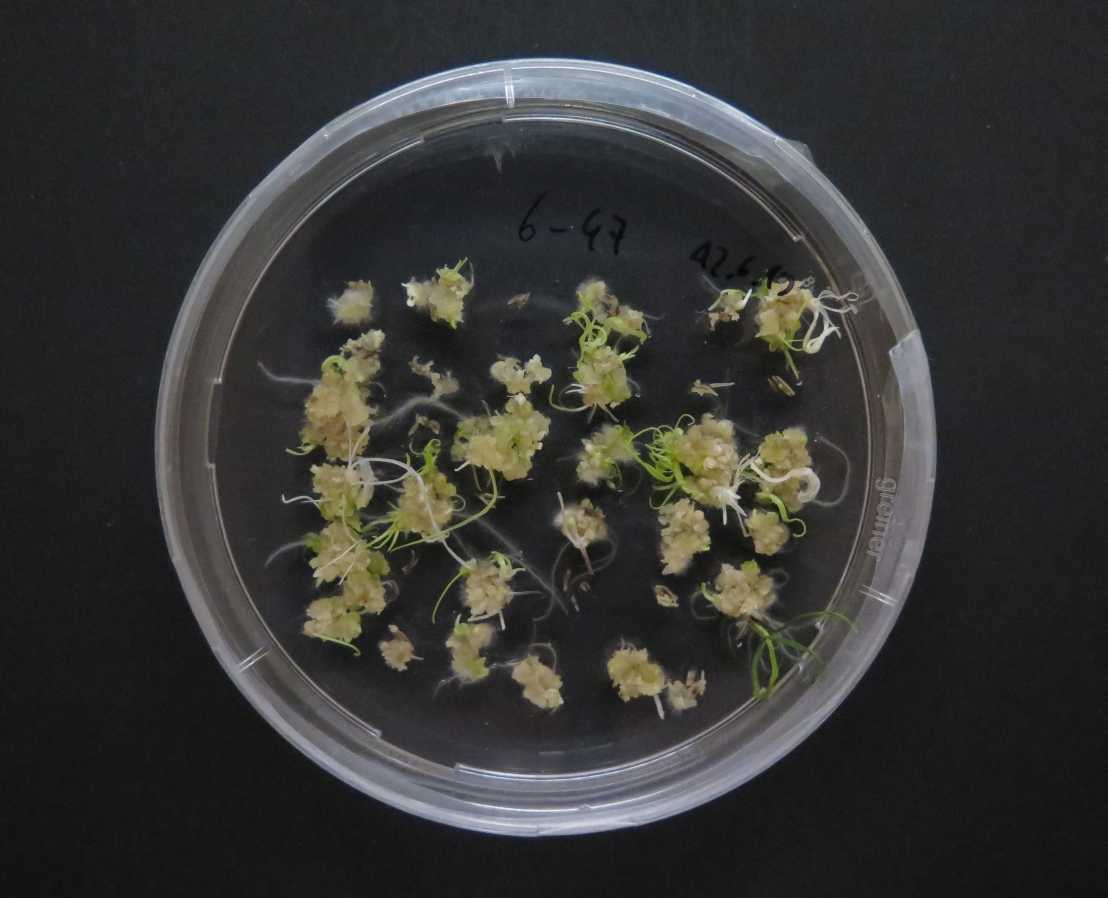A highly complete perennial ryegrass genome assembly
Ultralong Oxford Nanopore reads enable the assembly of large and complex plant genomes.

Over the last decade, reference genome assemblies became a valuable tool for plant research and breeding. The possibility to connect marker or phenotype information to a genome sequence allowed to understand the molecular basis of target traits and to expedite breeding programs by feeding back this knowledge. However, due to the large size and highly repetitive nature, forage grass genomes have historically been difficult to be decoded.
In collaboration with the Molecular Diagnostics, Genomics, and Bioinformatics research group of Agroscope and the Evolutionary and Ecological Genomics group of the University of Zurich, we have pushed the Oxford Nanopore technology to the limit and developed a protocol to generate ultralong DNA sequencing reads that enabled the first highly contiguous and complete genome assembly of perennial ryegrass (Lolium perenne L.). Importantly, the plant that was sequenced was an in-house developed doubled haploid (DH) plant, an offshoot from a previous collaboration with DLF Seeds (Denmark), that also contributed to this work with the gene annotation. Given the complete homozygosity of the DH plant and the haploid nature of the resulting assembly, the genome resources described here will be useful for alignment-based bioinformatics approaches to call DNA sequence variation, link the variation to functional genes and locate these genes in the genome of perennial ryegrass.
Both, the laboratory protocol to produce the ultralong Oxford Nanopore sequencing reads as well as the reference-grade genome assembly of perennial ryegrass are freely available.
Citation:
Frei D, Veekman E, Grogg D, Stoffel-Studer I, Morishima A, Shimizu-Inatsugi R, Yates S, Shimizu KK, Frey JE, Studer B, Copetti D (2021) Ultralong Oxford Nanopore reads enable the development of a reference-grade perennial ryegrass genome assembly. Genome Biol Evol: evab159
external pagehttps://doi.org/10.1093/gbe/evab159call_made
